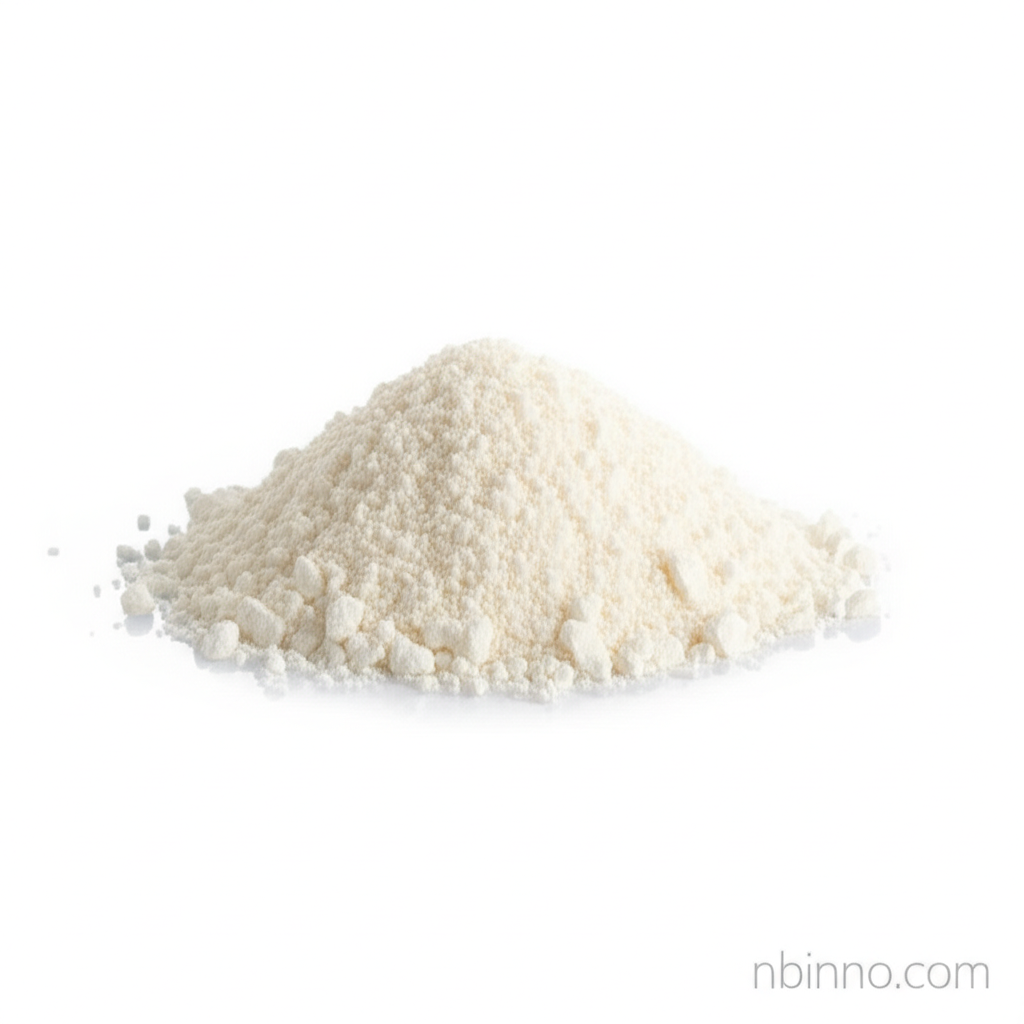Phenol, 2,5-dimethyl- (CAS 95-87-4): Enhancing Photoresist Performance
A crucial chemical for advanced photoresist formulations, enabling high-resolution semiconductor manufacturing.
Get a Quote & SampleProduct Core Value

2,5-Dimethylphenol
2,5-Dimethylphenol (CAS 95-87-4) is a vital organic compound extensively utilized in the electronics sector, particularly in the formulation of high-performance photoresists. Its chemical structure and purity are instrumental in the synthesis of novolak resins, which form the backbone of many positive photoresist systems.
- High Resolution Photoresist Ingredients: As a key component in novolak resin 2,5-dimethylphenol synthesis, it directly contributes to the high resolution required for intricate semiconductor patterns.
- Electronic Chemicals for Microlithography: This compound is an integral part of the sophisticated electronic chemicals for microlithography, supporting the creation of smaller and more powerful microelectronic devices.
- Ensuring Thermal Resistance in Photoresists: The incorporation of 2,5-dimethylphenol into phenolic mixtures for novolak synthesis enhances the thermal resistance in photoresists, preventing pattern deformation during high-temperature processing.
- Superior Purity for Demanding Applications: Manufacturers rely on the high purity 2,5-xylenol to achieve consistent and reliable results in demanding semiconductor fabrication environments.
Key Advantages Offered
Enhanced Lithographic Performance
Leveraging 2,5-xylenol photoresist formulation expertise, this chemical ensures superior resolution and sharper feature definition in microlithography, critical for advanced integrated circuits.
Improved Thermal Stability
The use of 2,5-dimethylphenol in novolak resins directly translates to increased thermal resistance in photoresists, allowing for more robust processing windows during semiconductor manufacturing.
Consistency in Manufacturing
Reliable supply of high purity 2,5-xylenol guarantees batch-to-batch consistency, a non-negotiable requirement for critical electronic chemicals for microlithography.
Key Applications
Photoresist Synthesis
As a foundational building block, 2,5-Dimethylphenol is used to create specific novolak resins, crucial for the performance of positive photoresists in semiconductor lithography. Understanding the novolak resin 2,5-dimethylphenol interaction is key.
Semiconductor Fabrication
Essential for microlithography, it enables the precise patterning of circuits on silicon wafers, supporting the ongoing miniaturization and complexity of electronic components. Exploring semiconductor lithography chemicals highlights its importance.
Advanced Material Development
This compound serves as a versatile intermediate in the development of advanced materials, where its specific chemical properties can be leveraged for novel applications within the electronics industry.
Chemical Research and Development
Its well-defined properties make it a valuable reagent in R&D for developing new photoresist compositions and exploring novel uses within fine chemical applications.
